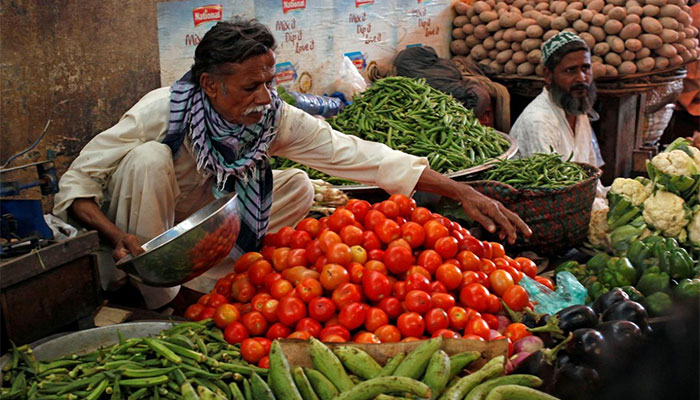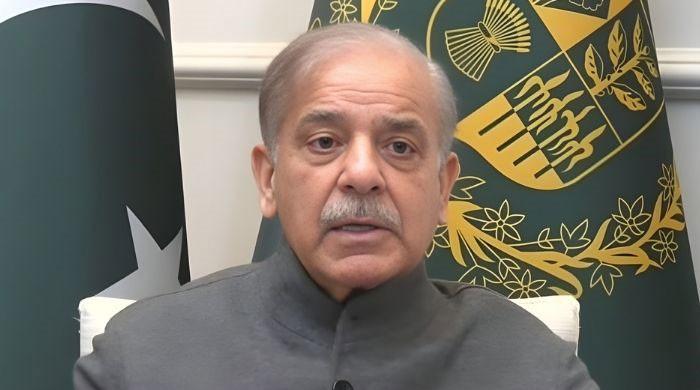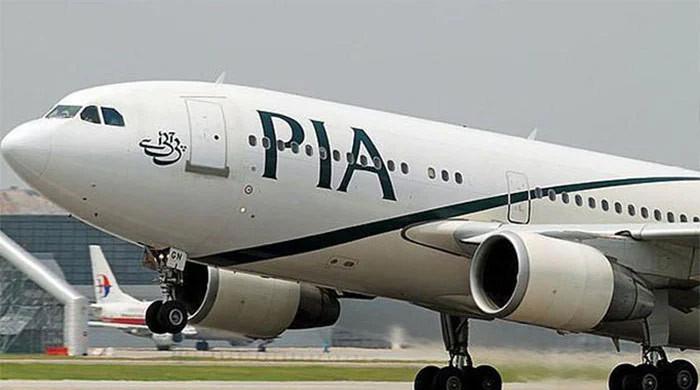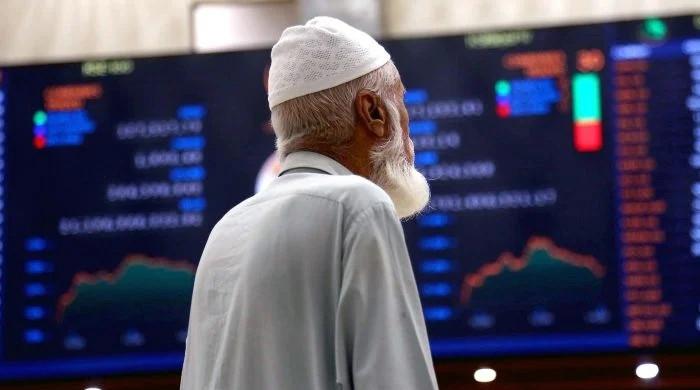Economists anticipate food shortage if pandemic prolongs
Available data suggests the COVID-19 outbreak has not impacted the food prices yet, except for some impacts on the prices of pulses
April 02, 2020

ISLAMABAD: Economists have cautioned the government that if the coronavirus pandemic prolongs, the first one to be impacted will be perishable food items and then the staple food items, reported The News.
For an uninterrupted food supply, they recommend, the government must maintain the provision of input to farmers, mobility of labour in the agriculture sector, and shipment of food from farm to markets and market to retailers.
The Planning Commission’s think-tank, Pakistan Institute of Development Economics (PIDE), in its bulletin titled “Food Prices Post COVID-19 Outbreak: The Case of Punjab” released on Wednesday stated that while there is no need to panic for imminent risk to food security, there is also no reason to be complacent either.
Read also: Poultry sales, prices fall more than 50% amid coronavirus lockdown
“If the COVID-19 pandemic does not last for too long, it is believed that there will have no major shortage of staple foods. If, however, the situation prolongs, then it will impact perishable food items first and then the staple foods. Perishable food items are plucked, packed and shipped daily, which demands continuity of farm labour supply and human-to-human interaction,” it stated.
“It is vital to keep an eye on the food situation in the country in the middle of this pandemic. There have been reports of some panic-buying and disruptions in logistics. Here we will begin to review the food situation. We present some idea of prices and availability,” it said.
For investigating the impact of the virus on food prices, the bulletin grouped different food items into four major categories: grain, fruits, vegetables and pulses. The price trends for these four groups are plotted for March by collecting daily price data from 10 major markets of Punjab. Since daily price data for all provinces are not available, analysis has to be limited only to Punjab.
Read also: Agricultural supply chain to be exempted from coronavirus lockdown in Sindh
Prices of rice and wheat remained stable with slight variation over the 31-day time period, implying that COVID-19 had no major impact on grain prices yet.
It is interesting to note that among pulses, the prices of moong and masoor have increased by 8% and 53%, respectively. It is mainly due to the increase in demand as pulses are easy to store for a longer period. The price of maash shows a 6% decline, but that has taken place only during the last two days of the study period. In contrast to pulses, prices of broiler chicken have declined between 14 to 24% in three major markets of Punjab, namely Rawalpindi, Lahore and Faisalabad, mainly due to the dwindling demands.
The declining trend started with the start of the coronavirus pandemic and before lockdown. This implies that it was mainly the reduced demand that led to a decline in prices. “We also explored prices of six most commonly consumed vegetables: potato, tomato, onion, cabbage, bottle gourd and brinjal. Their price trends depict that most of the vegetable prices (except potato) have declined in the range of 4% to 61%. A major contribution to the price decline is of the production cycle as it can be observed that the declining trend starts before the lockdown period. This can also be due to the decline in demand driven by income shocks and more importantly the perishable nature of these food items,” it said.
Prices of the chosen fruits, namely strawberry, guava, apples, banana and orange, show a mixed trend. Highly increasing and decreasing price trends are observed in orange (34%) and strawberry (47%), respectively. Along with the effect of the production cycle, promotion of oranges as a means of improving immunity to counter COVID-19 infection can be a factor in increasing demand for the fruit. The prices of bananas and guava are just 3% to 5%, which can be attributed to the routine fluctuations.
Available data suggests that the COVID-19 outbreak has not impacted the food prices yet, except for some impacts on the prices of pulses. It is, however, too early to make any conclusions. The possible spread of the coronavirus to the rural areas and widening lockdowns may disrupt distribution channels affecting the food prices.
“We can take hope from the fact that Pakistan has good storage facilities of grains and the new wheat crop is about to be harvested. We cannot rely on global reserves in such a situation but there are enough reserves of non-perishable food items, such as wheat and rice, globally to meet any surge in demand. The prolonged restrictions will affect every stage of the food supply chain especially inputs (certified seed, pesticide and fertilizer) and distribution. Shortage of labour supply could seriously hurt plantation and harvesting of new vegetables and staple crops,” it concluded.









